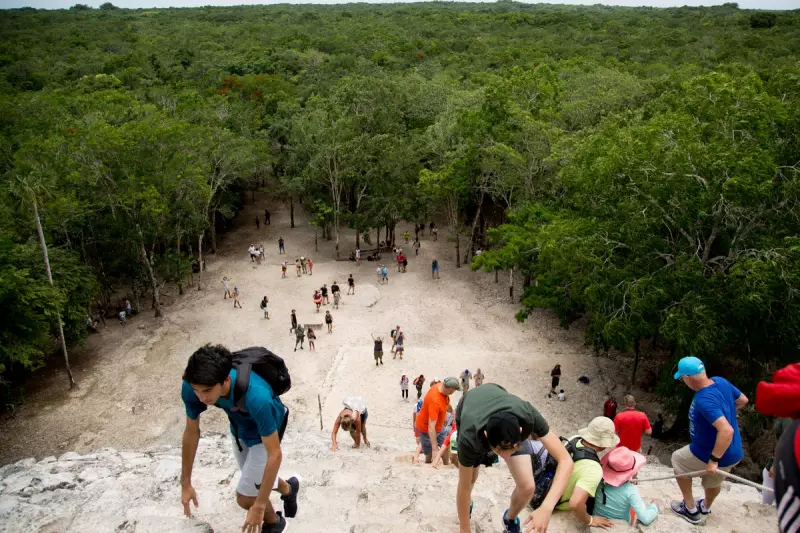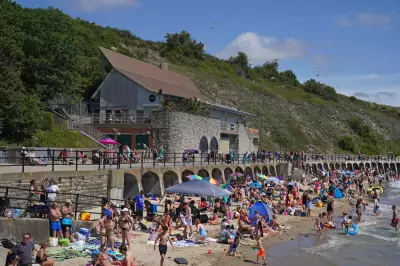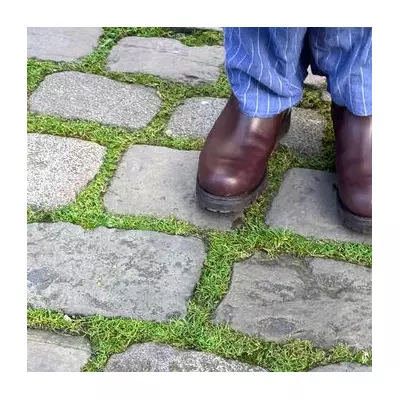
A revolutionary archaeological discovery is set to rewrite the history books, revealing the ancient Maya civilisation as a far more complex and interconnected society than ever imagined. A vast, hidden metropolitan network has been mapped beneath the dense jungles of northern Guatemala, fundamentally altering our understanding of pre-Columbian America.
The groundbreaking findings, published in the journal Ancient Mesoamerica, are the result of the most extensive LiDAR (Light Detection and Ranging) survey ever undertaken for archaeological research. This technology effectively 'strips away' the jungle canopy, revealing the contours of the ancient landscape below.
A Metropolis Revealed From Above
What the survey uncovered was nothing short of astonishing: a sprawling web of 964 ancient settlements, seamlessly interconnected and spread across a 650-square-mile area within the Mirador-Calakmul Karst Basin. This includes 417 previously unknown Maya cities, towns, and villages.
The most staggering revelation is a sophisticated system of causeways, or ancient superhighways, linking these population centres. Researchers documented 110 miles of broad, raised stone roads, allowing for easy travel and trade even during the intense rainy seasons. This suggests a highly organised and cooperative society with a level of political and economic integration previously unattributed to this early period.
Engineering and Astronomical Marvels
The study points to a society with immense architectural and engineering prowess. The settlements feature large platforms, pyramids, plazas, and sophisticated water management systems, including reservoirs and canals designed to store precious rainwater.
Furthermore, the alignment of many structures indicates a sophisticated understanding of astronomy. The research suggests this vast network was operational centuries before the classic Maya period's great cities, such as Tikal and Chichen Itza, reached their peak—flourishing between 1,000 and 350 BC during the Middle to Late Preclassic era.
Rethinking Maya History
This discovery challenges the long-held notion that the Maya were a scattered collection of warring city-states in their early history. The scale of coordination and labour required to build such a network implies a centralised political structure with extensive organisational capabilities.
'This shows us that the Maya were not just building isolated centres of power, but were creating an integrated system of incredible scale and complexity much earlier than we thought,' the lead researcher noted. The find positions the Mirador-Calakmul Basin as a crucial cradle of Maya civilisation, potentially one of the first organised states in the Americas.
The implications of this research are profound, offering a全新的narrative of a sophisticated, unified, and advanced civilisation that mastered its challenging environment on a grand scale.





